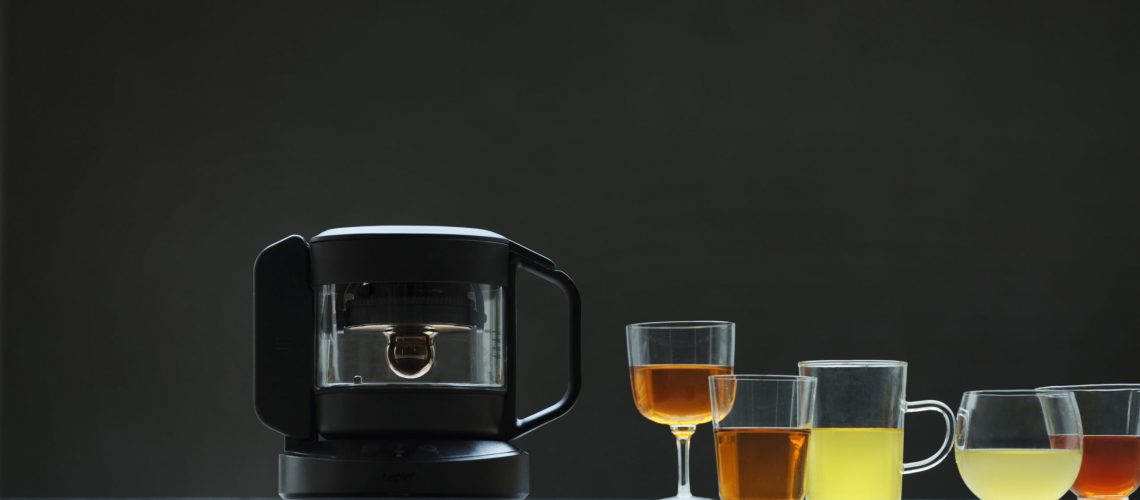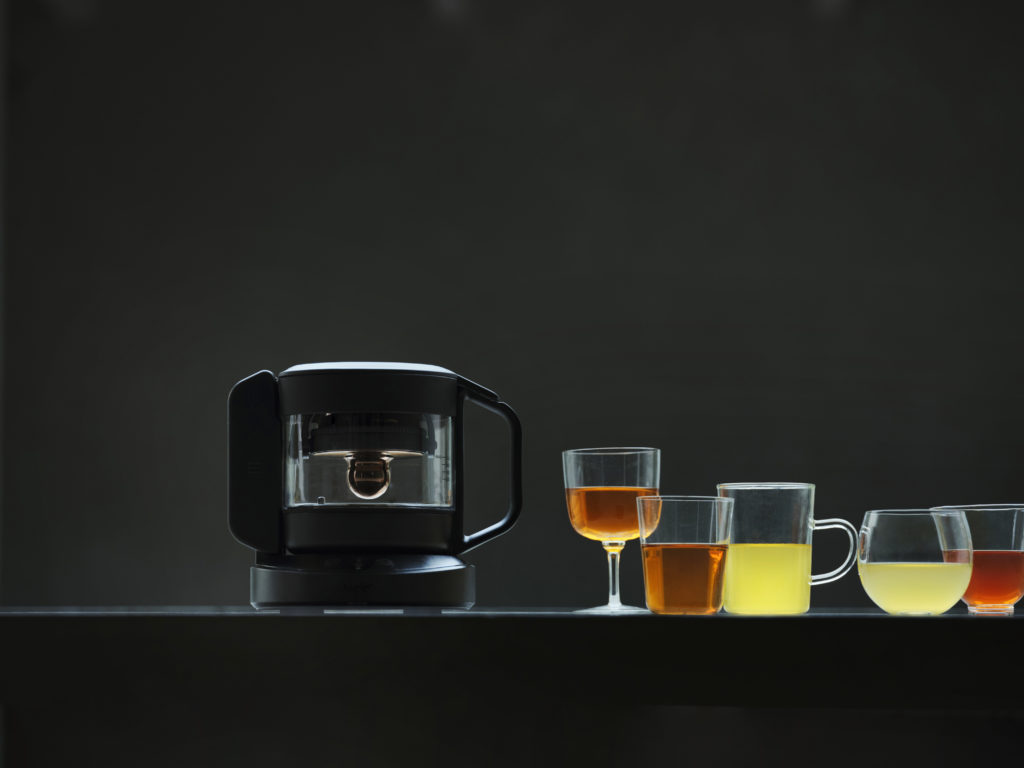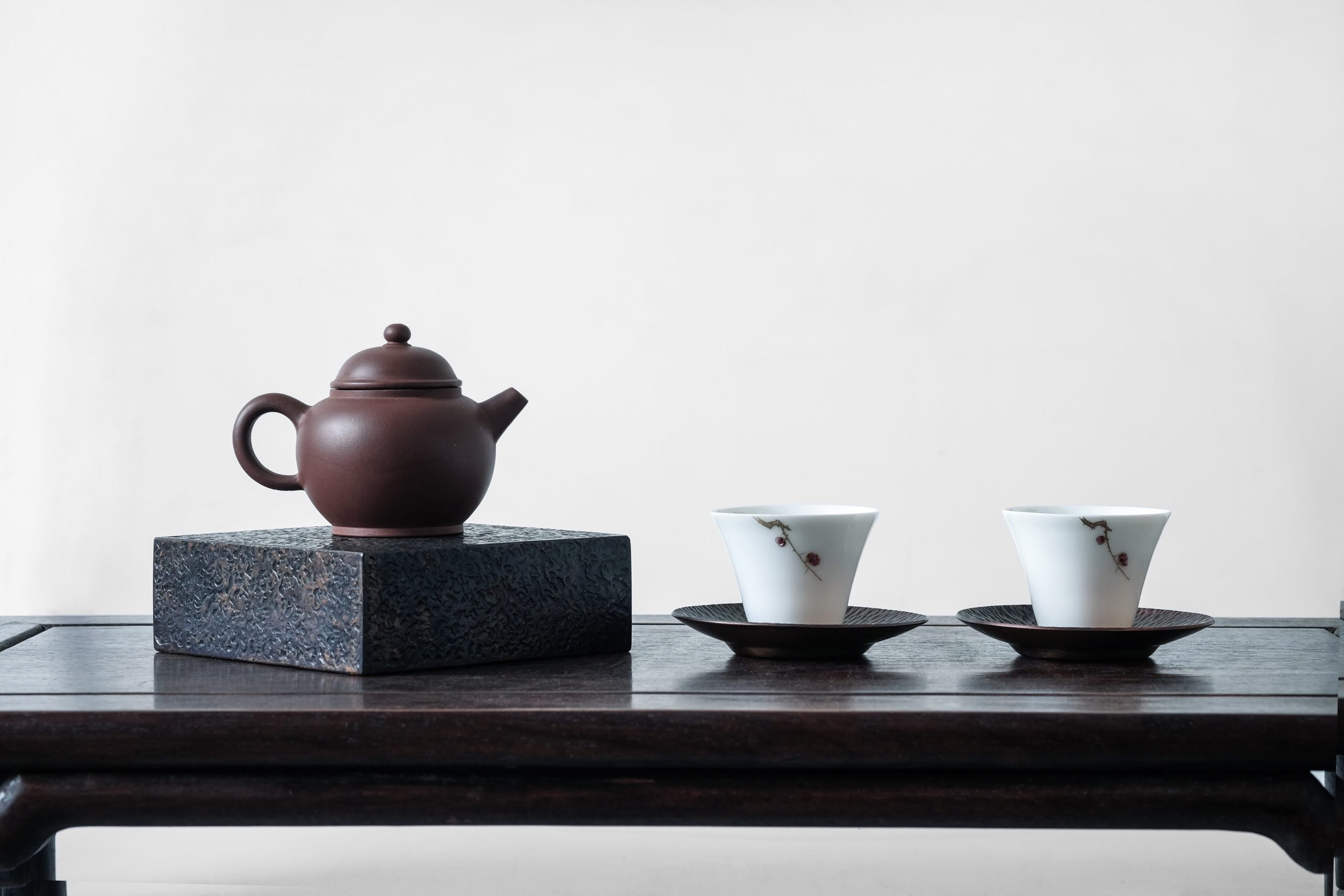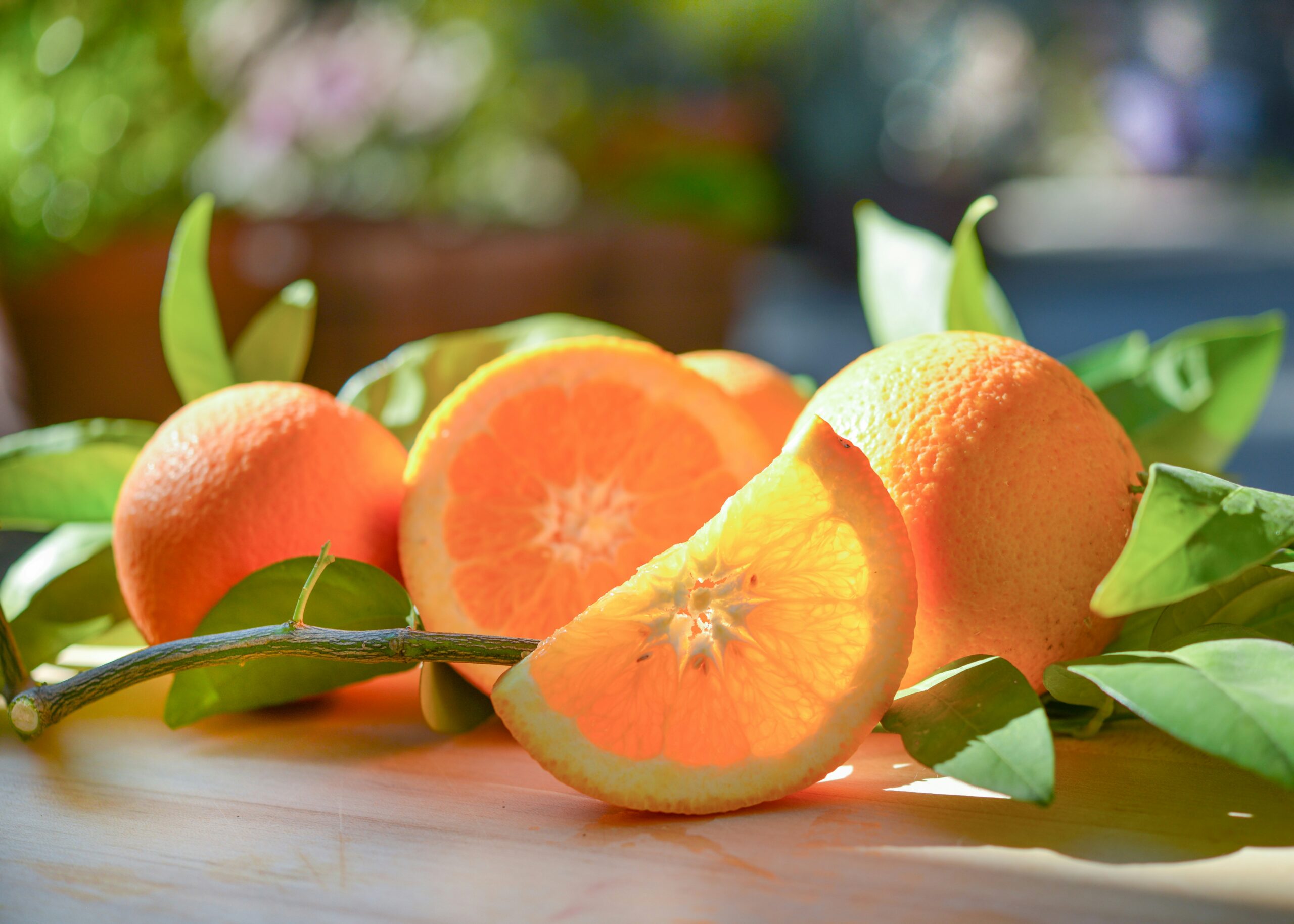Blogs » Teplo tea pot » Does personalized extraction really change the taste?
Does personalized extraction really change the taste?

This article In the article that introduced the development of personalized extraction, you might be curious about how much the taste of tea actually changes when controlling extraction temperature and time. Of course, we are also very interested and conduct daily research on this.
The personalized extraction feature is a world-first, and if not implemented carefully, it can sometimes seem like just an interesting idea. However, we are committed to providing personalization based not just on ideas and aesthetics, but on experimentation and research.
In this article, we will briefly introduce a study we worked on with Asahi Group in 2021.
It might be a bit niche, but if you’re interested in how controlled extraction conditions in teplo impact tea flavor, please take a look.

The figure below shows the results of investigating the catechin concentration in the extracted liquid of the same green tea when using the teplo teapot to control extraction temperature and time. It was found that the higher the extraction temperature and the longer the extraction time, the higher the catechin concentration.

When investigating how people perceive the tea brewed under the same conditions as the one analyzed for catechin content, the results are as shown in the figure below. Since catechins are also responsible for bitterness, the trend is similar to that of the catechin concentration analysis: the higher the extraction temperature and the longer the extraction time, the more bitter the tea is perceived by people.

Next, examining the ratio of amino acids (umami components) to catechins (bitterness components) reveals the following. As mentioned earlier, while the catechin concentration increases with longer extraction times, the amino acid concentration also increases. Therefore, the changes in the amino acid/catechin ratio with varying extraction times are not very significant.

So, how do people’s impressions of the tea change? The results for the ratio of umami strength rating to bitterness strength rating given by people drinking the tea are as follows.
Interestingly, even though the change in the amino acid/catechin ratio with longer extraction times is relatively small in terms of component concentration, the ratio of umami rating to bitterness rating decreases significantly when people drink the tea. In other words, while amino acids (umami components) are extracted more intensely with longer extraction times, the tea is perceived as more bitter by drinkers.

In this way, we visualize both the numerical changes resulting from altering extraction conditions and the changes perceived by people, using these results to develop our personalization extraction algorithms. Additionally, as a result of these experiments and research, we had the opportunity to present our findings at two conferences in 2021.
There are aspects that cannot be seen by analyzing numbers alone, and there are also things that cannot be understood by analyzing people’s impressions alone. We aim to continue researching both numerical data and personal feedback, unraveling the mysteries of tea, and providing the most delicious tea possible.





